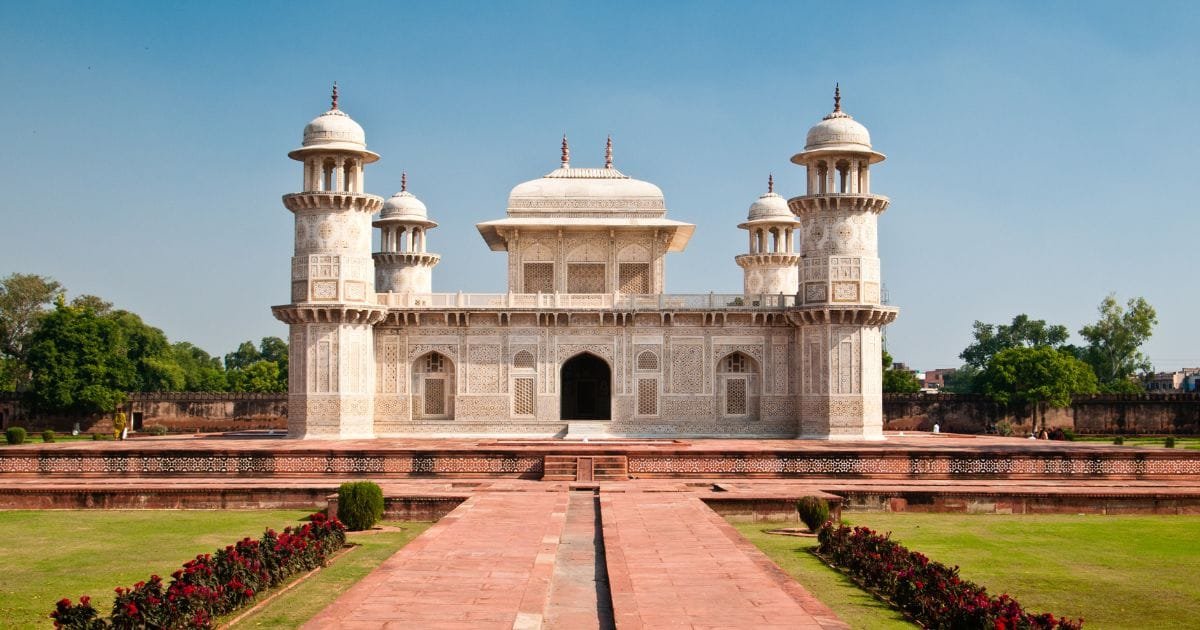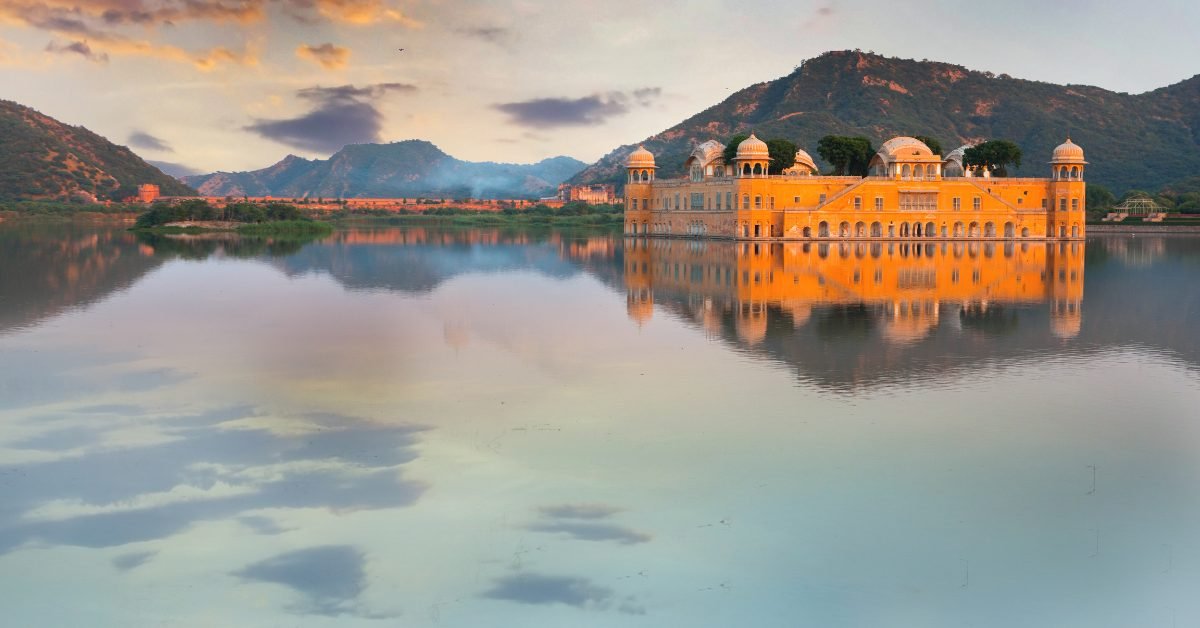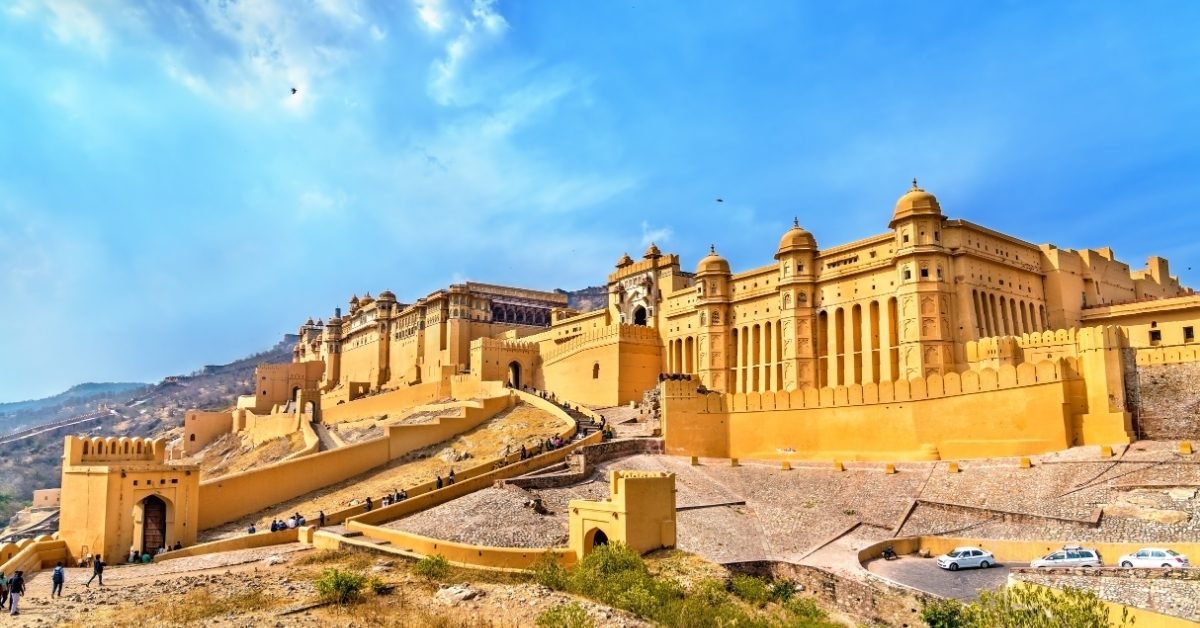When you hear "Agra," you probably picture the majestic Taj Mahal. But let me tell you about its lesser-known cousin – a hidden gem that's just as magical in its own way. Nestled in the old streets of Agra stands Itmad ud Daulah Tomb, a beautiful monument that locals lovingly call the "Jewel Box."
Think of it as the Taj's trendsetting aunt who showed everyone how it's done! Built in the 1600s, this gorgeous tomb blends Persian and Mughal styles like a perfectly brewed cup of masala chai. If you're planning a trip to Agra, trust me – this architectural wonder deserves a spot on your must-visit list.
An Architectural Marvel of Persian and Mughal Influence
- Itmad ud Daulah Tomb showcases one of the earliest uses of pure white marble in Mughal architecture, a material later popularized by the Taj Mahal. This switch from red sandstone marked a new era of construction.
- Known for its intricate lattice work and delicate carvings, the tomb’s beauty lies in its intricate pietra dura inlay—a technique of embedding colorful stones into marble to create floral and geometric patterns.
- The layout, with its symmetrical gardens and water channels, represents the perfect balance between paradise and earth, a central theme in Mughal gardens.
- Commissioned by Empress Nur Jahan for her father, Mirza Ghiyas Beg. Itmad ud Daulah Tomb stands as a symbol of filial love and devotion. This heartfelt connection adds an emotional depth that can be felt when visiting the site.
- The tomb is often called the "Baby Taj" due to its similar design elements. However, its understated beauty and intricate craftsmanship make it a distinct marvel.
A Romantic Legacy Behind Its Construction
- Empress Nur Jahan, one of the most powerful women of her time, designed Itmad ud Daulah Tomb for her father, elevating him as the ‘Pillar of the Empire.’ This act of devotion adds a rich backstory that visitors feel upon exploring the tomb.
- Unlike other Mughal tombs dedicated to kings and emperors, this tomb is dedicated to a father. It beautifully highlights the personal, heartfelt connections within the Mughal royal family.
- The architectural innovation seen in Itmad ud Daulah Tomb also reflects the feminine touch of Nur Jahan, blending elegance with strength. A powerful combination that leaves visitors in awe.
- Workers completed the tomb between 1622 and 1628, during the peak of the Mughal Empire. Symbolizing a time of wealth, influence, and flourishing artistry in India.
- Standing amidst lush green gardens and set by the Yamuna River. The tomb’s serene ambiance enhances the sentimentality attached to its origin. It’s a place where one can feel the profound love between a daughter and her father.
The Unique Pietra Dura Work – An Artistic Marvel
- The delicate pietra dura work at Itmad ud Daulah Tomb is considered a masterpiece and serves as the inspiration for later Mughal constructions. This intricate artwork involves embedding semi-precious stones like jasper, onyx, and topaz into marble.
- The tomb features mesmerizing motifs, from intricate floral patterns to vibrant geometric designs. Each piece reflects a level of craftsmanship that gives a glimpse into the artistic brilliance of that era.
- Walls adorned with vivid mosaics and lattice screens create a play of light and shadow, giving the tomb an almost ethereal glow during sunrise and sunset.
- This exceptional artistry makes Itmad ud Daulah Tomb a favorite among art lovers, photographers, and architecture enthusiasts. who want to experience the roots of Mughal craftsmanship.
- Visiting the tomb allows travelers to appreciate the artistry that laid the foundation for grander structures like the Taj Mahal. Here, art merges with history, making it a profound experience for anyone drawn to beauty and heritage.

A Tranquil Escape from the Crowds
- Unlike the bustling Taj Mahal, Itmad ud Daulah Tomb offers a quiet escape where visitors can experience Mughal elegance without large crowds. This peaceful setting allows for a more personal connection with the monument.
- The lush Charbagh gardens that surround the tomb provide a serene atmosphere, ideal for a leisurely stroll while soaking in the history and beauty of the Mughal era.
- The quietude at Itmad ud Daulah Tomb invites visitors to slow down and appreciate every intricate detail, from the marble lattice work to the beautifully carved interiors.
- This peaceful ambiance allows travelers to immerse themselves in the monument’s art and architecture at a relaxed pace. It’s an ideal spot for photographers and history buffs alike.
- The scenic views of the Yamuna River, combined with the tomb’s delicate beauty, make it an unforgettable part of any Agra tour. A treasure waiting to be discovered invites those seeking a more intimate experience.
Essential Tips for Visiting Itmad ud Daulah Tomb
- Timings: Itmad ud Daulah Tomb is open from sunrise to sunset. Early morning visits offer a magical view, with the soft sunlight enhancing the tomb’s detailed patterns.
- Entry Fee: The entry fee is nominal and varies for Indian and foreign visitors, but the experience and historical insights more than justify the small cost.
- Best Time to Visit: The months from October to March are ideal for visiting Itmad ud Daulah Tomb. As Agra’s weather is cooler and more pleasant for sightseeing during this period.
- Photography Tips: The intricate details and peaceful setting of the tomb make it a photographer’s delight. Capture the sunrise or sunset for breathtaking views that truly highlight the monument’s beauty.
- Combine with Taj Mahal: Many travelers combine a visit to Itmad ud Daulah's Tomb with the Taj Mahal. Both sites offer unique insights into Mughal architecture and the era’s artistic evolution.
Conclusion
Itmad ud Daulah Tomb may be smaller in size, but it is monumental in its artistic value and historical significance. This “Jewel Box of Agra” enchants everyone who visits with its intricate designs, peaceful surroundings, and touching legacy of love and devotion.
Book your tour packages with us for a seamless experience and make memories for lifetime.

















